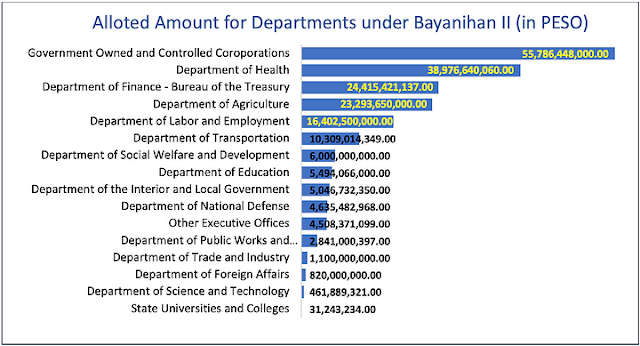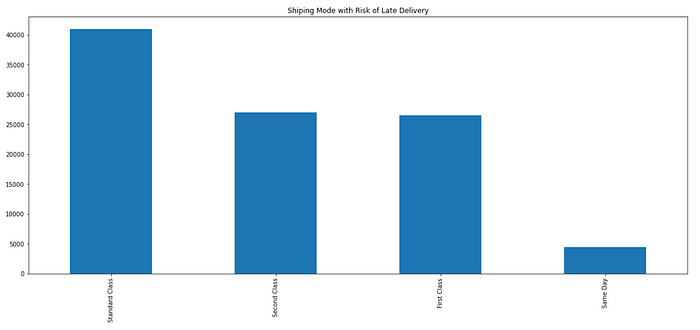TRUSTING IN DIGITAL PIVOT FOR BUSINESS RECOVERY
INTRODUCTION
Background
Doctors are more concerned with COVID-19. Unlike Spanish Flu, there are asymptomatic carriers of the disease. That one detail makes it harder to mitigate the spread of the virus by simply taking temperatures, (Amenabar, 2020). On that note, it is hard to foretell when we can live without the fear of exposing ourselves to COVID-19 virus and its variants. This concept paper builds upon insights from various firms who commenced surveys in the businesses and to strategically focus on the economic problem caused by this pandemic.
Need for this Study
Time is a luxury that all country leaders don’t have. Making the right decisions not only to health factors but also the economic risks will be vital in the recovery of the Philippines and its people. The concept will identify the relationship between demand and supply factor in job security, effective rollout of the vaccine and digital solutions across businesses.
Problem Statement
Does pivoting digitally alone can help to recover business during pandemic?
Objective
The research paper seeks to verify the relationship of economic shock and consumer’s behavior in spending. The second objective is to determine the influence of upskilling and digitalization of firms in gaining competitiveness in this time of pandemic.
LITERATURE REVIEW
COVID-19 and Its Unprecedented Crisis
From 1918’s Spanish Flu pandemic, the American Public Health Association (APHA) stated that mixing of bodies and sharing of breath in crowded rooms, was dangerous (Billings, 1997). The lockdown aims to reduce the transmission of the virus by limiting contact between people. Thus, officials all over the world strictly implement different kinds of confinement and mitigation measures like social distancing. However, this measure implicated a profound impact not only socially but also created an unprecedented economic impact.
GDP plunged to negative 9.5 which is the lowest since 1980 and unemployment rate doubled from 5.1 of 2019 to 10.4%.
 |
| Figure 1 — Source: International Monetray Fund, 2021 |
The main contributors to the decline were: Construction: -24.2 percent
Other Services: -38.0 percent
Real Estate and Ownership of Dwellings: -13.2 percent
 |
| Figure 2 — Source: Philippine Statistics Authority, 2021 |
Economic Shock of Lockdown
Economy works when money moves and during lockdown people stopped moving and so is the money. Philippine Government borrows, allotted and spend trillions of pesos to mitigate the supply- demand shocks of COVID-19. A supply shock is when public health authorities and employers prevent service workers from doing their jobs and a demand shock, on the other hand, is something that reduces consumers’ ability or willingness to purchases goods and services at given prices (Brinca, Duarte, & e Castro, 2020).
More than Php200-billion were allotted by the government to cover, sustain and fund the declines as seen above in figure 2, procurement, trainings and projects in response of the COVID-19 pandemic under Bayanihan II project.
 |
| Figure 3 — Source: Department of Budget and Management, 2021 |
Vaccine. Job. New Reality.
Vaccine hesitancy is not only an arising problem in Philippines but also declared one of the ten threats to global health by WHO (World Health Organization, 2019). Spreading correct information such as efficacy, side effects and the benefit of the vaccine to face the new normal helped the Philippine Government in doubling the people vaccinated on May 2021.
 |
| Figure 4 — Source: World Health Organization, 2021 |
Successfully educating the citizens that vaccine is not the 100% solution in fight against actively mutating COVID virus and due to uncertainty when this pandemic will end, Philippine consumers became very conservative with their buying habits despite government injected funds for citizens to spend (Figure 2).
Cautious spending resulted a demand and supply shock which causes job loss and insecurity. Based on Inter-Agency Task Force for the Management of Emerging Infectious Diseases, 2020 report, 50% of private companies’ workers experienced decline in income and 80% of which is due to job loss.
 |
| Figure 5 — Source: Inter-Agency Task Force for the Management of Emerging Infectious Disease, 2020 |
Due to left and right retrenchment, Filipinos are looking for ways to acquire extra income and/or serve their clients contactless. And the outcome is digitalization. This is the latest competition now in the upcoming new reality of the world. Consumers are already aware of food delivery services and shopping online since pre-pandemic but how about the telecommuting or working from home?
ASIAN DEVELOPMENT BANK SURVEY, 2020 resulted that 57.3% of micro, 12% of small and 11.1% of medium firms’ workers are not possible to work from home. The same survey shows that financial assistance and tax incentives may help their businesses to adopt the new normal.
 |
| Figure 6 — Source: Asian Development Bank, 2020 |
Digitalisation to Solve the Problem
Consumer confidence is expected to remain low even after the ECQ is lifted. Expectation of a worse family income situation is especially pronounced among the low-income group (Inter-Agency Task Force for the Management of Emerging Infectious Diseases, 2020). And that is a significant economic problem.
Digitalisation for businesses will not only attract consumers to buy their goods or services but it will generate a well of data that can help them dive and perform the analytics. Analytics will solve in managing of inventories and will also help to know more about erratic decision changes of Filipinos due to this never-ending battle cause of pandemic.
METHODOLOGY
Quantitative
In cross-sectional design, we will use descriptive and categorical analysis and prescriptive analysis will be utilized to determine the next policies to be developed by the government.
Qualitative
For qualitative data it will undergo transcriptions and reported on themes.
REFERENCES
1. Amenabar, T. (4 September, 2020). The Washington Post. Retrieved from The Washington Post:
https://www.washingtonpost.com/history/2020/09/01/1918-flu-pandemic-end/
2. Billings, M. (June, 1997). The Influenza Pandemic of 1918. Retrieved from Stanford University: https://virus.stanford.edu/uda/fluresponse.html
3. Brinca, B., Duarte, J. B., & e Castro, M. (17 June, 2020). Decomposing demand and supply shocks during COVID-19. Retrieved from VoxEU.org : https://voxeu.org/article/decomposing-demand-and-supply-shocks- during-covid-19
4. Department of Budget and Management. (31 May, 2021). COVID-19 Budget Utilization Reports as of May 31, 2021. Retrieved from Department of Budget and Management: https://www.dbm.gov.ph/index.php/programs-projects/status-of-covid-19-releases#bayanihan-2
5. International Monetary Fund. (April, 2021). International Monetary Fund. Retrieved from World Economic Outlook (April 2021): https://www.imf.org/external/datamapper/datasets
6. Inter-Agency Task Force for the Management of Emerging Infectious Diseases. (2020). WE RECOVER AS ONE. Manila: National Economic and Development Authority (NEDA).
7. World Health Organization. (2019). Top Ten Threats to Global Health in 2019. Retrieved from World Health Organization: https://www.who.int/news-room/spotlight/ten-threats-to-global-health-in-2019
8. World Health Organization. (2021). COVID-19 Explorer. Retrieved from World Health Organization: https://worldhealthorg.shinyapps.io/covid/
9. ASIAN DEVELOPMENT BANK. (17 July, 2020). ADB Philippine Enterprise Survey on COVID-19 Impact. Retrieved from ADB Data Library: https://data.adb.org/dataset/adb-philippine-enterprise-survey-covid-19-impact
10. Philippine Statistics Authority. (11 May, 2021). National Accounts. Retrieved from Republic of the Philippines — Philippine Statistics Authority: https://psa.gov.ph/national-accounts/base-2018/estimates




